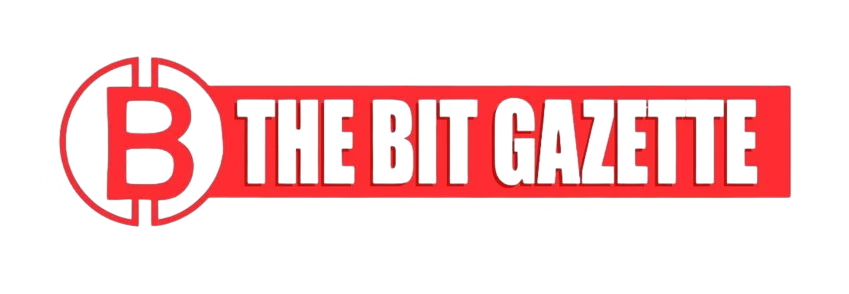A private-sector task force backed by Tether and Tron has frozen nearly $300 million in cryptocurrency linked to pig-butchering scams, North Korean cybercrime networks, and organized fraud in just 13 months, marking one of the crypto industry’s most aggressive self-policing efforts to date.
The T3 Financial Crime Unit, launched in September 2024 by stablecoin issuer Tether, blockchain platform Tron, and intelligence firm TRM Labs, has worked with over 280 law enforcement agencies across multiple continents to identify and freeze illicit funds—a scale of enforcement traditionally handled only by government regulators.”
How the task force works and why it matters
The T3 Financial Crime Unit integrates blockchain intelligence, enforcement coordination and platform compliance mechanisms.
Formed in September 2024, the unit’s core backers (Tether, TRON and TRM Labs) pooled resources to monitor transactions, identify suspicious wallet activity and freeze tainted funds.
“Tether is deeply committed to maintaining the integrity of the financial ecosystem by collaborating with over 280 law enforcement agencies globally,” Paolo Ardoino, CEO, Tether.
Their efforts have delivered key milestones: by January 2025 they had reportedly frozen US$100 million in illicit USDT, including funds tied to North Korean networks; by August their tally reached US$250 million and by October it approached US$300 million.
This scale and speed highlight a growing trend: private-sector actors in crypto are stepping into roles traditionally reserved for regulators and law enforcement.
For policy-makers and crypto investors alike, the T3 Financial Crime Unit signals that compliance and asset security are becoming core features of sustainable platforms.
Challenges ahead and implications for the crypto ecosystem
Despite the success of the T3 Financial Crime Unit, significant hurdles remain. Freezing assets is only part of the enforcement challenge: recovering funds, prosecuting offenders and establishing consistent global regulation remain complex. As one industry analyst noted, the task force freeze is “a powerful testament to what’s possible when the industry comes together with a shared goal.”
Moreover, the broader ecosystem must contend with questions of transparency and governance. Who watches the watchers? The T3 Financial Crime Unit, while private-sector led, is increasingly influencing how crypto platforms operate across jurisdictions. Its rise underscores the shifting balance between innovation, custody, risk and regulation.
For crypto investors, the message is clear: platforms that cooperate with initiatives such as the T3 Financial Crime Unit may offer stronger risk mitigation. For policy-makers, this model raises questions about how public and private enforcement should interact, and whether frameworks must evolve accordingly.
What’s next for the T3 Financial Crime Unit
Looking ahead, the T3 Financial Crime Unit plans to expand its “T3+ Global Collaborator Program,” which brings exchanges, custodians and regulatory partners into real-time collaboration with investigation teams. Its first pilot involved a major global exchange and led to the freezing of US$6 million tied to a scam network.
The initiative’s expansion could reshape how crypto platforms manage risk—making asset freezes and compliance part of operational standards, not optional extras. As one Compliance lead put it: the era where platforms treated anti-money-laundering frameworks as a “nice-to-have” is ending.
In short, the T3 Financial Crime Unit’s achievements mark both a milestone and a turning point for the crypto industry. It emphasises that asset security, network cooperation and proactive enforcement are now central to market trust and maturity.











